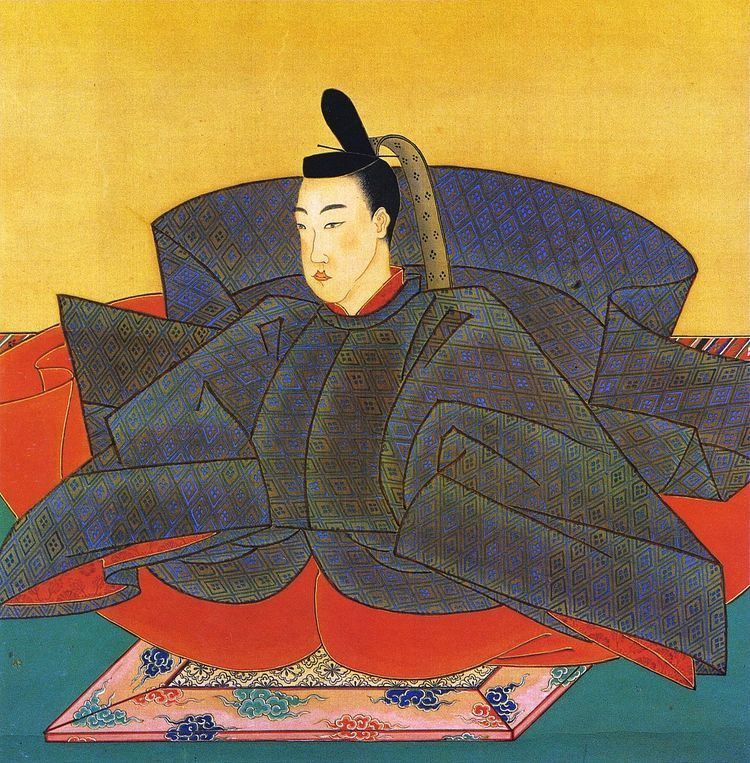Reign 1747–1762 Name Emperor Momozono Grandparents Emperor Nakamikado Father Sakuramachi Grandchildren Princess Yoshiko | Spouse Ichijo Tomiko Children Emperor Go-Momozono Predecessor Sakuramachi (father) Parents Emperor Sakuramachi | |
 | ||
Successor Go-Sakuramachi (sister) Born 14 April 1741 ( 1741-04-14 ) Died August 31, 1762, Kyoto, Kyoto Prefecture, Japan Similar People Empress Go‑Sakuramachi, Emperor Jimmu, Kakuei Tanaka, Akihito, Hirohito | ||
Emperor Momozono (桃園天皇, Momozono-tennō, 14 April 1741 – 31 August 1762) was the 116th emperor of Japan, according to the traditional order of succession.
Contents
Momozono's reign spanned the years from 1747 until his death in 1762.
Genealogy
Before Momozono's ascension to the Chrysanthemum Throne, his personal name (imina) was Toohito (遐仁); and his pre-accession title was initially Yaho-no-miya (八穂宮) and later Sachi-no-miya (茶地宮).
Momozono was the firstborn son of Emperor Sakuramachi. His mother was Lady-in-waiting Sadako (定子) (Empress Dowager Kaimei, 開明門院)
Momozono's Imperial family lived with him in the Dairi of the Heian Palace. This family included at least 2 sons:
Events of Momozono's life
During his reign, in 1758, the Hōreki Scandal occurred when a large number of the young court nobility were punished by the Bakufu for advocating the restoration of direct Imperial rule.
Momozono's kami is enshrined in an Imperial mausoleum (misasagi), Tsuki no wa no misasagi, at Sennyū-ji in Higashiyama-ku, Kyoto. Also enshrined here are Momozono's immediate Imperial predecessors since Emperor Go-Mizunoo – Meishō, Go-Kōmyō, Go-Sai, Reigen, Higashiyama, Nakamikado and Sakuramachi, along with five of his immediate Imperial successors – Go-Sakuramachi, Go-Momozono, Kōkaku, Ninkō, and Kōmei.
Kugyō
Kugyō (公卿) is a collective term for the very few most powerful men attached to the court of the Emperor of Japan in pre-Meiji eras. Even during those years in which the court's actual influence outside the palace walls was minimal, the hierarchic organization persisted.
In general, this elite group included only three to four men at a time. These were hereditary courtiers whose experience and background would have brought them to the pinnacle of a life's career. During Momozono's reign, this apex of the Daijō-kan included:
Eras of Momozono's reign
The years of Momozono's reign are more specifically identified by more than one era name or nengō.
